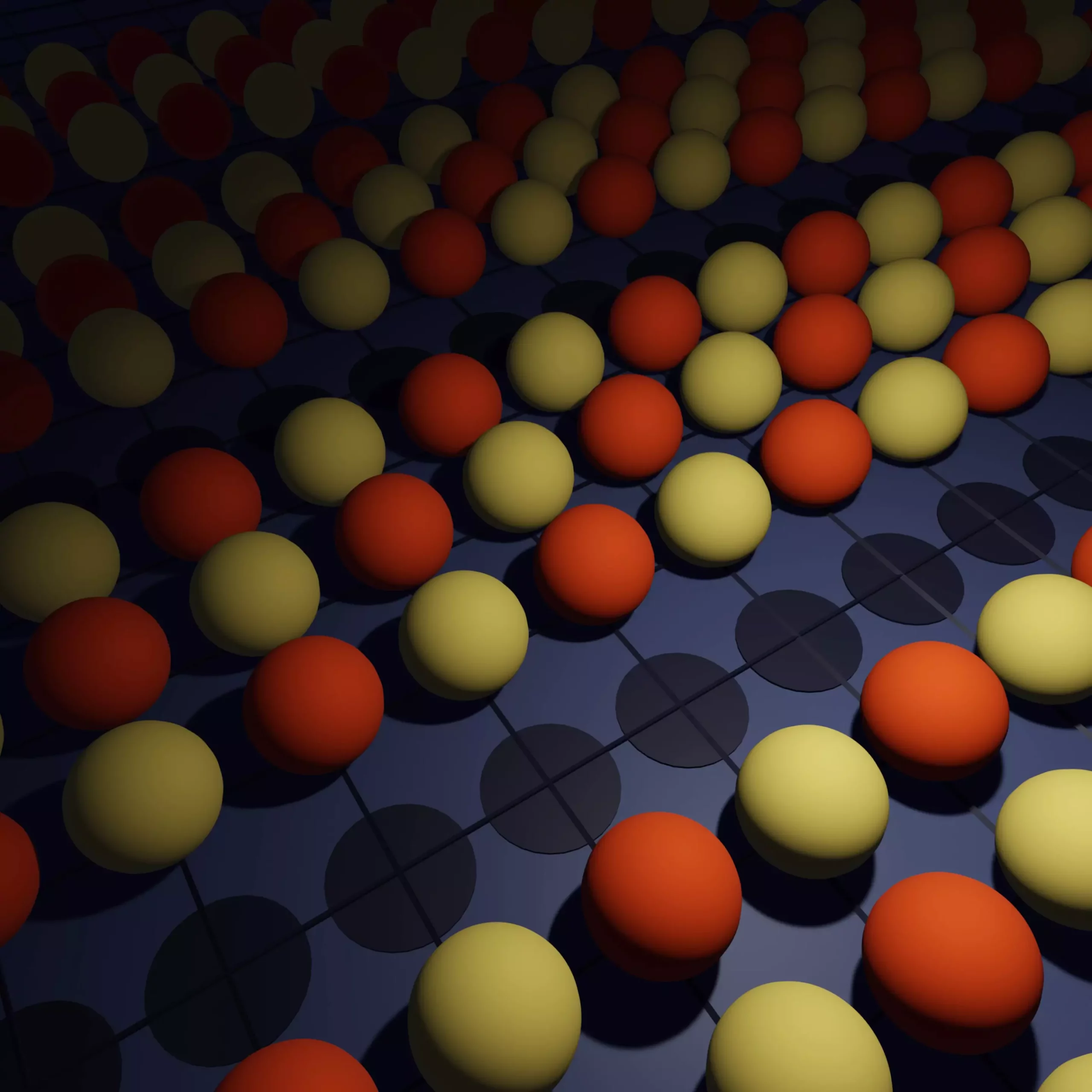In recent years, the world of quantum physics has witnessed significant breakthroughs, particularly in the understanding of complex phenomena such as the pseudogap. This elusive state has long puzzled scientists, primarily due to its intricate relationship with superconductivity—a field that holds the promise of revolutionary advancements in technology. Scientific research published in the esteemed journal, Science, has illuminated aspects of the pseudogap, propelling us closer to the long-sought goal of achieving room-temperature superconductivity. This achievement could lead to transformative applications, including lossless power transmission, advanced medical imaging technologies, and cutting-edge transportation systems like magnetic levitation trains.
Superconductivity—a state where electrical current flows without resistance—is normally observed in materials below certain critical temperatures. However, specific copper-oxide compounds, known as cuprates, defy conventional categorization. While they exhibit superconducting properties at temperatures that are astonishingly high compared to traditional superconductors, they also enter the pseudogap state under warmer conditions. In this state, materials exhibit characteristics akin to both metals and semiconductors, effectively straddling two very different worlds. What makes the pseudogap particularly interesting is its ubiquitous presence across all high-temperature superconducting materials, even as scientific understanding of its mechanisms remains incomplete.
The challenge has revolved around whether the pseudogap persists as temperatures approach absolute zero, theoretically the point at which molecular motion ceases. Researchers have not only been trying to determine the fundamental nature of the pseudogap but also if its behavior is a precursor to more significant superconducting states in these materials.
Analyzing complex quantum phenomena requires sophisticated computational techniques. A hallmark of the research was the application of advanced algorithms, particularly the diagrammatic Monte Carlo method, which has seen recent refinements. This technique allows scientists to evaluate interactions across an entire model, rather than just isolated regions, providing a more comprehensive view of electron behavior. It brings to light the challenges posed by quantum entanglement—where particles are interconnected in ways that make independent analysis difficult.
The daunting task of simulating the behavior of numerous electrons in a system has historically led researchers to rely on simplified models. The well-known Hubbard model, which visualizes electrons as pieces on a chessboard, has traditionally been utilized to depict their dynamics. However, finding a seamless connection between various computational methods—especially those operating at different temperature ranges—has always remained an arduous task. The crux of the new research lies in analyzing the pseudogap’s position within this challenging computational environment, ultimately aiming to unravel the conditions under which it stabilizes and transitions into superconducting states.
Significant Findings from the Study
The results of the study signify a leap forward in understanding the pseudogap. By investigating how specific materials behave as temperatures approach absolute zero, researchers discovered that these materials would tend to form what are referred to as “stripes.” This arrangement is characterized by rows of electrons in matching configurations, interspersed with empty spaces. Understanding this behavior deepens our comprehension of how the pseudogap connects with superconductivity and can lead to practical applications.
One intriguing aspect relates to modifying the Hubbard model to allow different forms of electron mobility. When the model is tweaked to permit diagonal moves, akin to how certain chess pieces function, the study found a distinct evolution of the pseudogap into a superconducting state as temperatures decrease. Thus, the researchers have charted a critical path in understanding not just the existence of the pseudogap, but also its behavior and implications in the broader context of superconductivity.
The implications of this research extend well beyond the immediate sphere of superconductivity. The findings can propel advancements in related fields, particularly quantum gas simulations where ultracold atoms mimic the behaviors observed in the Hubbard model. As experimental techniques in quantum optics evolve, scientists can now experimentally replicate low-temperature environments conducive to developing pseudogaps, thereby fostering synergy between theoretical models and experimental validation.
In a world increasingly driven by technological innovation, the potential applications of understanding the pseudogap reach far and wide. From ecology to medicine and energy solutions, the essence of quantum physics is woven into the fabric of future possibilities. As researchers continue to decipher these complex quantum phenomena, we stand at the precipice of a new era, robust with promise and ripe for discovery.
Ultimately, the collective effort to scrutinize the pseudogap serves as an epitome of interdisciplinary collaboration, showcasing the power of computational techniques in natural sciences and hinting at a future where such quasiparticle behaviors may unlock a deeper understanding of the universe’s underlying principles.


Leave a Reply